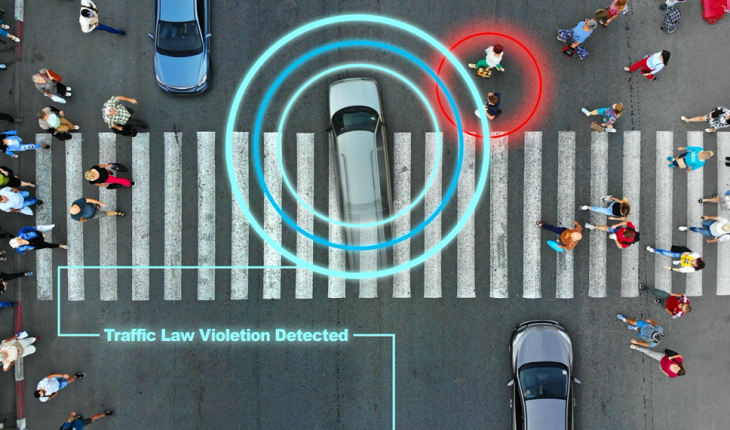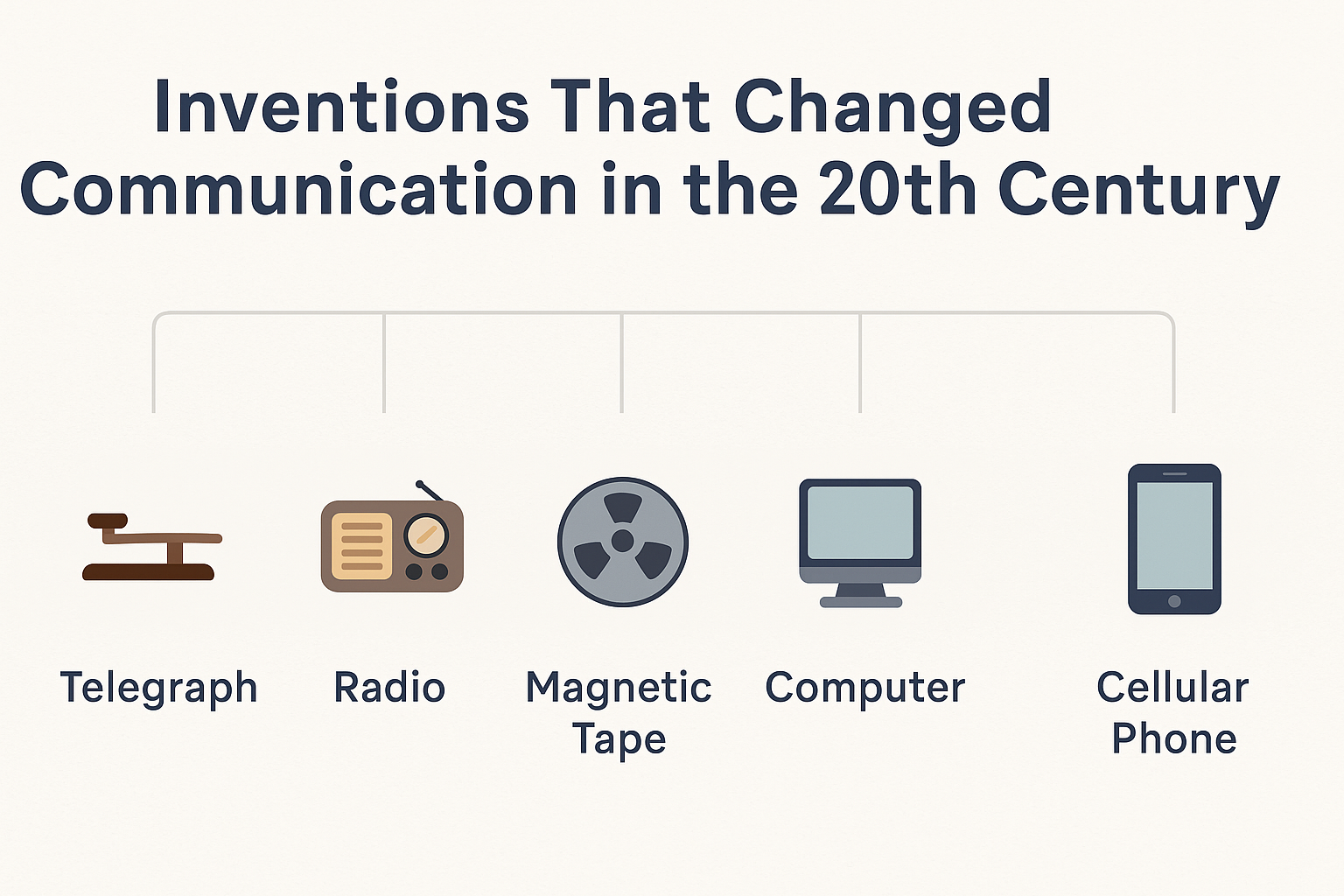The transportation wave of the future is autonomous cars. These vehicles combine sensors and software to navigate, control and drive, all without human input. Although these vehicles are sometimes controversial due to rideshare accidents involving autonomous cars, continued improvements in these vehicles will make our roads safer.
Autonomous Car Features
Human error causes most accidents. The technologies of manufacturers who have developed prototypes differ slightly, but all of them use some form of radar to detect other vehicles and pedestrians. Other components can include lasers, high-powered cameras, and sonar. Computer software processes the gathered information, plots a path for the vehicle, and sends information to an actuator inside the vehicle to control steering, braking, and acceleration. According to Emerj, major automakers differ about when they will have fully autonomous cars on the road, but most indicate that these smart cars will be widely available by the year 2030.
Connected Intersections
Connected traffic signals will be a key component of safer roadways involving smart cars. According to Groth Law Firm, connected Intersections use traffic signals that make communication possible between sensors, connected vehicles, and smart cars, so the timing of traffic signals can be changed to meet the needs of a city. These intersections will control traffic patterns and will communicate with emergency services. When many pedestrians are about, the software at the intersection can give them added time to cross the street, thus cutting down on possible accidents. Data from connected intersections will not only produce safer streets but will also cause more efficient roadways.
Most New Vehicles Have Semi-Autonomous Features
Many features that are touted as part of a manufacturer’s safety suite are, in reality, semi-autonomous features. Expensive, luxury vehicles aren’t the only ones giving their drivers a helping hand when it comes to safety as some of the most common ones are also found in budget-conscious vehicles too. Cruise control is one such feature, and it has already been around for years. Other semi-autonomous features include lane-keeping assist, parking assistance, pedestrian detection with automatic braking, lane-departure warnings, and even seats that vibrate when a vehicle is approaching you from behind. You can expect drowsiness detectors to become commonplace within the next few years.
Even with these smart car technologies, drivers shouldn’t overestimate what their vehicles are able to do on their own. You won’t be able to push a button and put your vehicle on autopilot anytime soon. Smart cars will make the world safer, but you’ll still have to remain aware and drive defensively to remain totally safe.
Here’s another article you might like: Is More Technology in the Classroom Making Better Teachers as Well as Students?




